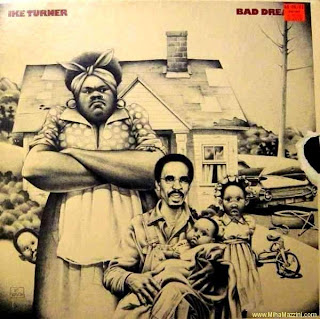
From a "fine art" perspective (aside from selling your work on a street corner) an outdoor booth is about as low on the totem pole as you can get. People: normal, common-denominator people, stop by, talk about your pieces, and--heaven forbid--sometimes try to touch them. But why does this sort of public display strike so many artists as demeaning, rather than as an opportunity for community engagement? Is it the nature of fine art to want to ascend into some otherworldly cloud and escape the prying eyes of the "less-enlightened", does wanting to withdraw really just highlight the fears these artists have about how the general public will react to their work, or is it merely pragmatic (how much do they actually sell-really)?
Showing in a gallery, or even at an established fine art fair (outdoors or not), is not the same thing as popping up a table at a major-transit-hub art market that also sells baby t-shirts. It all comes down to audience, and it's in this sense that Creative Grove is extremely democratic. Who knows what it will become as it continues (hopefully) to grow, but for the moment it is really smack dab at the intersection of art and life--and I like that.
Perhaps it's a romantic notion, but I really believe--or want to believe--that someone off the street can walk up to a great work of art, recognize its communicative or aesthetic value, and be moved enough to take it home. And I don't think that's anything for an artist to be ashamed of. I'm really not talking commercial design, or even screen-printed t-shirts, though they are an important first step in getting people comfortable with the idea of fine art, but rather drawings or paintings that aren't as instinctively functional. Jersey City isn't quite there yet. I think we need more jewelry and decorative wall-hangings before we can fully jump into the swampy territory of fine art markets and develop the more limited audience they rely on to survive.
Ultimately I think this type of market can serve as a source of civic artistic empowerment, but what's your take?
Note: Creative Grove will continue to run every Friday with a rotating group of artists and craftspeople throughout the summer.








































